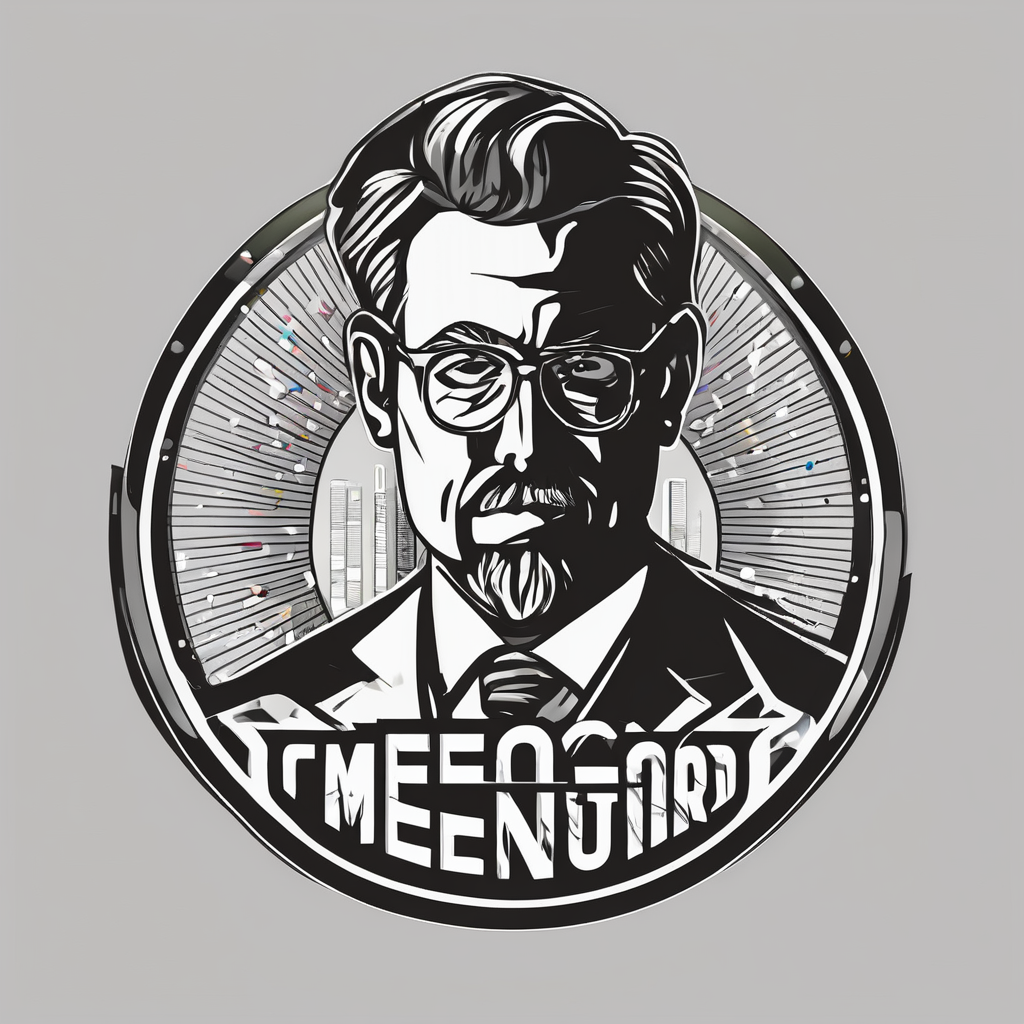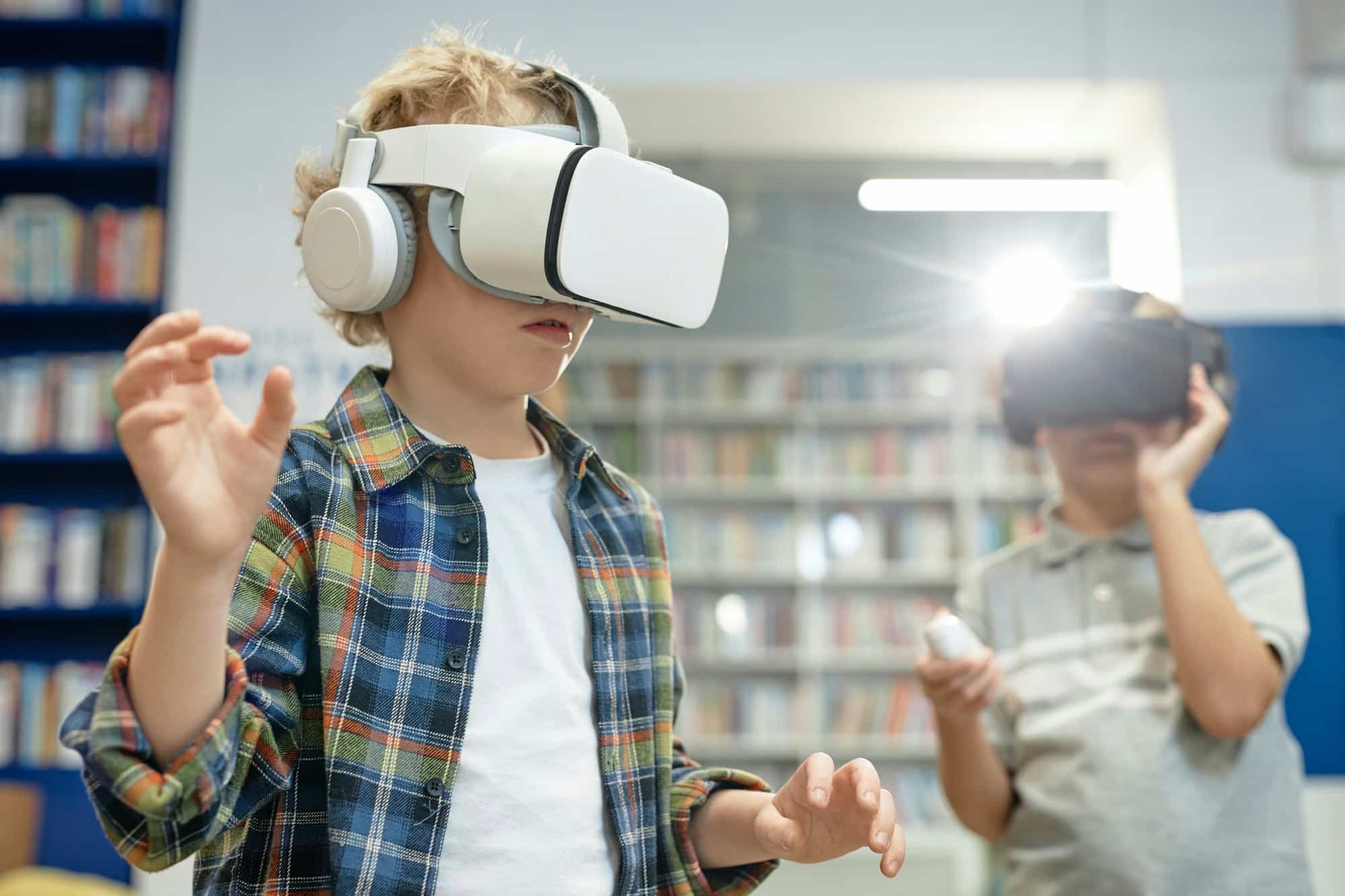As UK retailers, you face various challenges regularly, one of the most crucial being customer loyalty. It’s a vital factor that could make or break your business. With the rise in competition and increasing customer demands, employing traditional methods to foster customer loyalty might not cut it anymore. This is where gamification comes in. Gamification is a potent tool that can help you enhance customer loyalty by making their experiences with your brand more engaging and rewarding.
Understanding Gamification in Retail
Before discussing how gamification can be used in the context of retail, let’s take a moment to understand what this term means. Gamification, in essence, is the application of game mechanics in non-gaming contexts to enhance user engagement and motivation. It employs game elements such as points, leaderboards, badges, and levels to make an activity more exciting and engaging.
Also to discover : What Are the Effective Ways for UK Small Businesses to Utilize Email Marketing?
For retailers, gamification offers a unique opportunity to transform mundane transactions and interactions into enjoyable experiences for customers. Plus, it helps in enhancing brand loyalty and engagement, which in turn can boost customer retention and sales.
How Gamification Can Enhance Customer Loyalty
When used correctly, gamification can result in a dramatic increase in customer loyalty. This section will highlight the strategies through which retailers can use gamification to enhance customer loyalty and engagement.
Topic to read : How to Enhance Cybersecurity Measures for UK Financial Services Firms?
Game-Based Loyalty Programs
One of the most effective ways to infuse gamification into your retail strategy is through game-based loyalty programs. Customers love earning rewards, and by creating a system where they can earn points for every purchase or interaction, you can significantly enhance their engagement with your brand.
These loyalty programs can be implemented through a mobile app or a website. Customers earn points every time they purchase your products, share your content on social media, or refer friends to your brand. These points can then be redeemed for rewards such as discounts, free products, or exclusive access to new products or events.
Gamified Mobile Apps
Another successful gamification strategy is through the use of gamified mobile apps. These apps can range from simple games that promote your products to complex virtual reality experiences that immerse the user in a world centered around your brand.
These apps not only keep users engaged but also provide an opportunity for you to gather valuable customer data. This data can be used to personalize the customer experience, recommend products based on user preferences, and target marketing campaigns more effectively.
Leveraging Gamification for Marketing and Branding
Gamification is not only a tool for customer engagement and loyalty but also a powerful marketing and branding strategy. By incorporating game mechanics into your marketing campaigns, you can reach a wider audience, increase brand awareness, and create a memorable brand experience.
For example, you can launch a social media contest where customers earn points for every post or tweet about your brand. Or you can create an interactive online game that highlights the unique features of your products.
Additionally, gamification can be used to educate customers about your brand and products. Through interactive quizzes and challenges, you can provide valuable product information in an engaging and entertaining way.
Implementing a Successful Gamification Strategy
Implementing a successful gamification strategy requires careful planning, execution, and evaluation. Here are some steps to help you get started:
-
Identify your objectives: What do you hope to achieve through gamification? Whether it’s increasing customer loyalty, boosting sales, or enhancing brand awareness, having clear goals will guide your strategy.
-
Understand your customers: To create a successful gamified experience, you need to understand what motivates and engages your customers. Conduct surveys or use customer data to gain insights into their preferences and behaviours.
-
Choose the right game mechanics: The game mechanics you choose should align with your objectives and customer preferences. Whether it’s points, levels, badges, or leaderboards, make sure these elements enhance the user experience.
-
Test and refine: Like any other strategy, your gamification approach should be continuously evaluated and refined based on customer feedback and performance metrics.
In conclusion, gamification offers retailers a unique opportunity to enhance customer loyalty and engagement. By integrating game elements into your loyalty programs, mobile apps, and marketing campaigns, you can create a memorable and rewarding experience for your customers. With the right strategy and execution, gamification can significantly boost your brand loyalty and business success.
Gamification Case Studies in Retail
Let’s move from the theoretical to the practical. Several UK retailers have already successfully incorporated gamification into their customer engagement and loyalty strategies. Let’s take a look at some of these case studies to understand the impact of retail gamification on customer loyalty.
The Starbucks Reward program is an excellent example of a successful gamification strategy. The program allows customers to earn points, named ‘Stars’, for each purchase. These Stars can be redeemed for drinks and food items. They also introduced a tier system, where customers move up from Green to Gold levels, based on the number of Stars earned. This gamified loyalty scheme has undoubtedly contributed to their customer loyalty and retention rates.
Victoria’s Secret PINK Nation app is another example of a gamified loyalty program. The app gives members access to exclusive content, special offers, and the chance to earn badges. Users can also participate in fun challenges and share their achievements on social media, enhancing brand awareness and engagement.
Nike’s Run Club app provides a perfect blend of gamification and customer engagement. The app tracks users’ runs, offers personalised coaching plans, and encourages users to take on challenges to earn badges. It provides an immersive and interactive customer experience, fostering loyalty to Nike products.
These examples illustrate how gamification can significantly enhance the shopping experience, drive customer engagement, and build brand loyalty.
The Future of Gamification in Retail
As we move further into the digital age, the future of gamification in retail looks promising. With more retailers looking for innovative ways to enhance customer loyalty, gamification can be a game-changer.
With advancements in technology, we can expect to see more complex and immersive gamification strategies. Virtual reality (VR) and augmented reality (AR) are set to take retail gamification to the next level. These technologies can provide a more immersive and engaging shopping experience, further enhancing customer loyalty.
Blockchain technology can also play a significant role in gamification. It can provide a transparent and secure platform for loyalty programs, where customers can easily earn and redeem points. For instance, blockchain could be used to create a universal loyalty program, where customers earn points from multiple retailers and redeem them across various platforms.
Moreover, the use of AI and machine learning can help retailers personalise the gamification experience for each customer, making it more engaging and effective.
In conclusion, gamification is a powerful tool that UK retailers can leverage to enhance customer loyalty and engagement. As the retail landscape continues to evolve, gamification strategies will undoubtedly play an increasingly critical role in shaping the future of retail.






